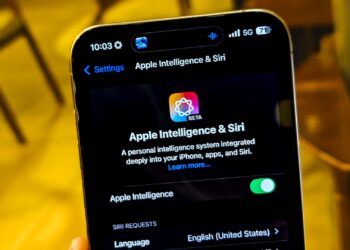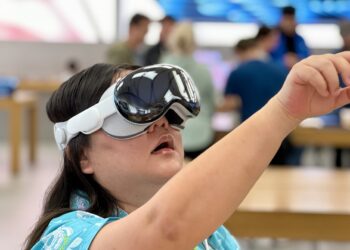Are you among the users of Google Wallet? This tool is great for keeping payment methods, event tickets, and a variety of other items organized in one place. Recently, Google announced an exciting new feature: the ability to store passports.
Last year, the introduction of digital storage for certain state IDs marked a significant upgrade for Google Wallet. The company has now revealed plans to beta test a further expansion that includes U.S. passports, aiming to increase accessibility for more users. Users will even find it functional at airports in select Transportation Security Administration (TSA) checkpoints.
At present, digital IDs are accepted in a number of states, including Hawaii, California, Nevada, Utah, Arizona, Colorado, Oklahoma, Texas, Louisiana, Mississippi, Florida, Georgia, Tennessee, Kentucky, Virginia, Illinois, Iowa, Michigan, Ohio, Maryland, and New York, along with Puerto Rico. While this covers less than half of the states, the movement is gradually gaining momentum; for instance, California only started allowing driver’s licenses within Apple Wallet recently.
Setting up your digital ID is straightforward. Simply follow the prompts in Google Wallet to create an ID pass, scan the security chip found on the back of your passport, and you’ll be guided to take a selfie video for identity verification. The process usually wraps up within a few minutes, and you’ll receive a notification upon completion.
It’s essential to remember that while a digital ID enhances convenience, it doesn’t replace your physical passport. You’ll still need to have the actual passport or ID with you during travel, although this setup reduces the frequency of having to retrieve it, thereby lowering the chance of misplacing it. Additionally, Google envisions that digital IDs could also facilitate other processes, such as recovering accounts or renting vehicles.
Though we may still be years away from a completely cashless wallet experience, incorporating passports into digital ID systems is certainly a promising improvement and signals progress in this direction.






